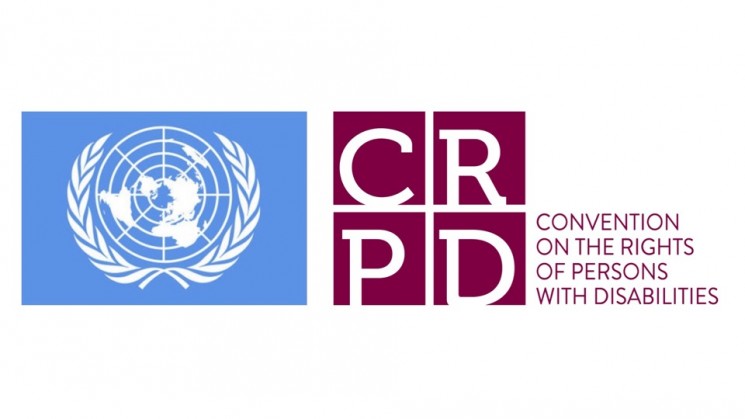Terminology
United Nations (UN) Convention on the Rights of Persons with Disabilities (CRPD)
The Convention follows decades of work by the United Nations to change attitudes and approaches to persons with disabilities. It takes to a new height the movement from viewing persons with disabilities as “objects” of charity, medical treatment and social protection towards viewing persons with disabilities as “subjects” with rights, who are capable of claiming those rights and making decisions for their lives based on their free and informed consent as well as being active members of society.
Find out more here: www.un.org/development/desa/disabilities/convention-on-the-rights-of-persons-with-disabilities
